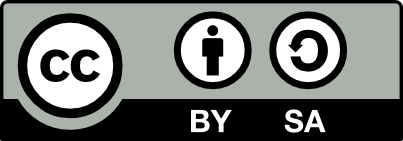Archives
International Journal of Zoology and Applied Biosciences Research Article

Synthesis, of nanoparticle and nanofiber from a unique source, Raillietina tetragona (chicken Cestode)
Padmavathi Sriram
Year : 2020 | Volume: 5 | Issue: 6 | Pages: 292-294
Received on: 10/10/2020
Revised on: 11/07/2020
Accepted on: 11/09/2020
Published on: 12/25/2020
-
Padmavathi Sriram( 2020).
Synthesis, of nanoparticle and nanofiber from a unique source, Raillietina tetragona (chicken Cestode)
. International Journal of Zoology and Applied Biosciences, 5( 6), 292-294.
-
click to view the cite format
Abstract
In nanotechnology, nanoparticles, nanomembranes, nanofibers, nanorods, are frequently used in almost every walk of life, ranging from, industrial, biological, pharmacological and biomedical fields. Metals, and heavy metals, are commonly used for the synthesis of nanoparticles, which are frequently used in many biological and medical applications. Though they are extensively used, they have deleterious effects upon human body. In this regard, a number of plant based nanoparticles and other nano products, are being synthesized. Apart from plant materials, there are instances, where in microorganism, such as bacteria, fungi yeast is also used to synthesize nano products. These are very much ecofriendly and also less expensive to metal nanoparticles. It is quite evident that nanoparticles, synthesized from a natural source are more appealing as they are both ecofriendly and inexpensive. Based upon these conclusions, it was hypothesized that nanoparticles and nanofiber can also be produced from natural and some sort of a novel source i.e., an intestinal parasite, which is often considered as a waste, or as an intruder or infestation of human/chicken intestines. This discarded piece of parasitic life may be an appropriate and cheaper alternative source for the production of nano products. In the present study for the first time, it was attempted to synthesize nanoparticles and nanofiber using an intestinal parasite Raillietina tetragona as a potential source. These particles may be referred to as para/bio nano particles, as they originate from a parasite, or from a living animal source, R. tetragona is a common, cestode, found in chicken intestines. The parasite measuring approximately 15cm in length, was carefully removed from the intestine of chicken was suitably stored at room temperature, and later processed for the synthesis of nanoparticle and nanofiber. Nanoparticles were synthesized using the method of acid hydrolysis and nanofiber was prepared using electro spinning technique. The nanofiber which was synthesized, was hydrophilic in nature, and measured about 6cm x 3cm in size. This study, strongly suggests that wealth can be reaped out of waste. These processed para nano materials are cost effective, ecofriendly and hence may be suggested to be used frequently in biological and medical applications.
Keywords
Nanoparticle, Nanofiber, Raillietina tetragona, Electro spinning, Chicken cestode.











